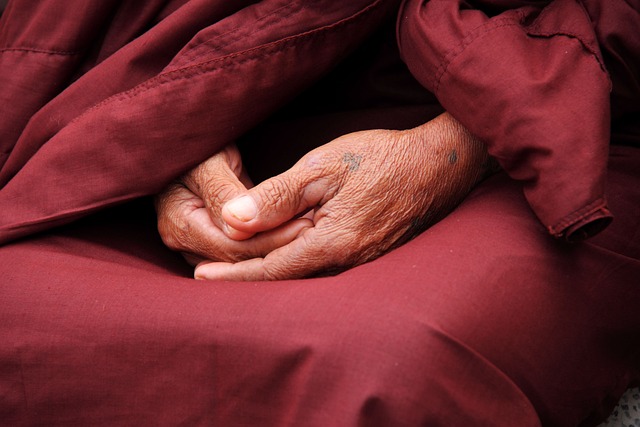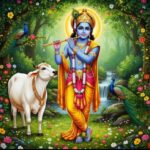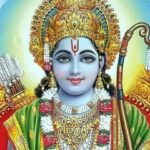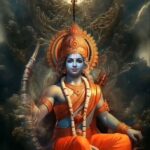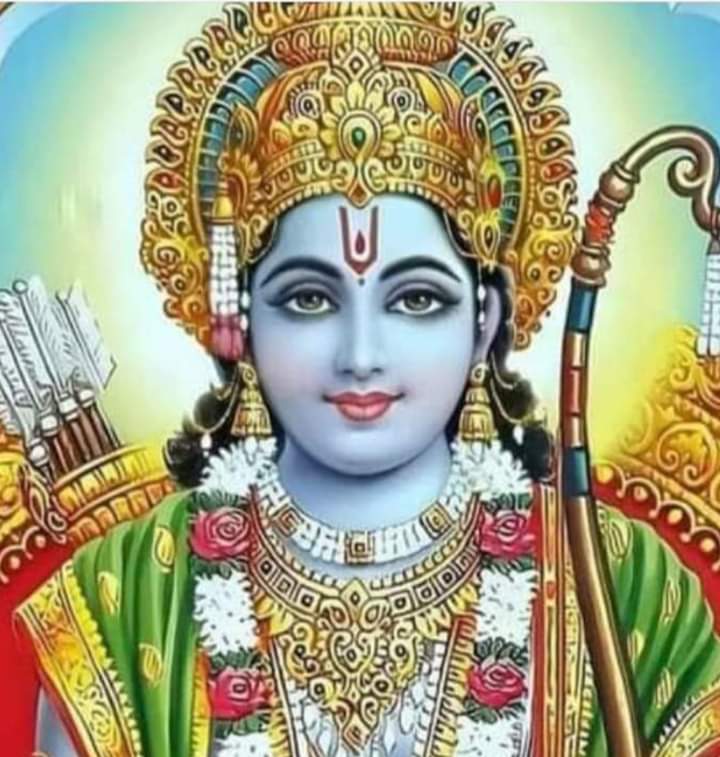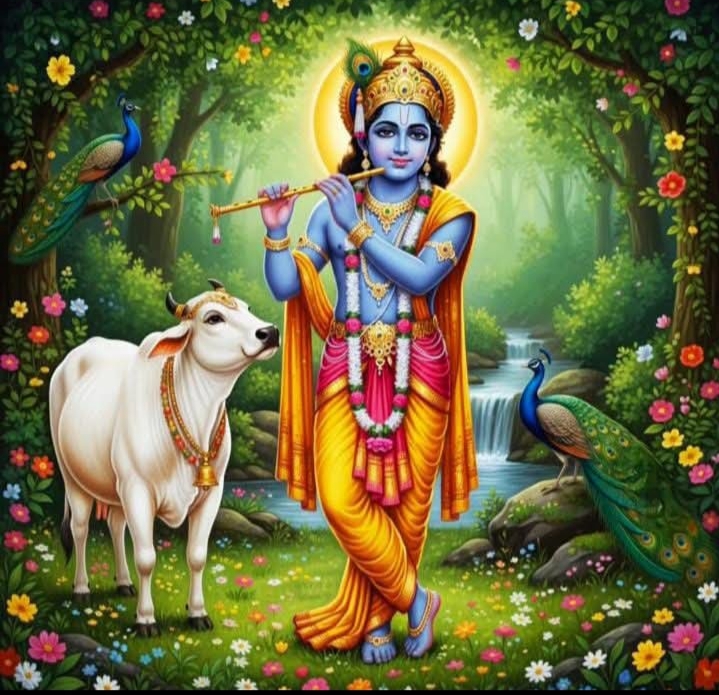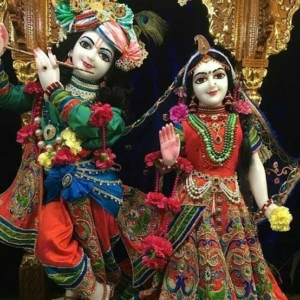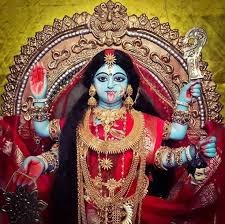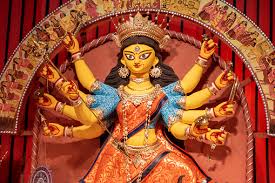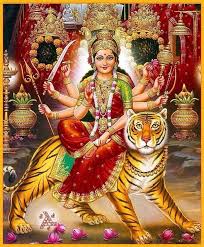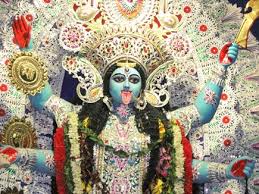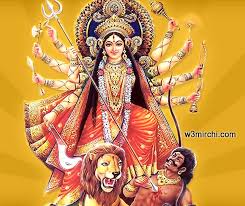कहते हैं कि प्राचीन रोमनिवासियोंके न्यायालयों व्यापके स्थानपर एक ऐसी स्त्रीको प्रतिमा बनी रहती श्री. जिसको आँखोंके ऊपर तो कपड़े की पट्टी बंधी बहती थी और हाथमें तराजू होता था इसका अर्थ था कि यदि उसके सामने उसका पिता, पुत्र या पति भी आ जाय तो उसके माप-तौलमें वह न्यूनाधिक कुछ भी न कर सकेगी। इसी तरह न्यायाधीशको भी वहाँ अपने पुत्र, मित्र, शत्रु और मध्यस्थ-सभीको एक प्रकारका उचित न्याय वितरण करना पड़ेगा। (देखिये Youths Noble Path, by F. J. Gould pp. 226)
अन्यान्य देशोंमें यह चाहे जैसा भी रहा हो, पर भारतके प्राचीन इतिहासमें ऐसे न्यायोंकी कमी न थी। राजा दिष्टके पुत्र नाभागने एक वैश्य कन्यासे शादी कर ली थी। वैश्यने राजासे निवेदन किया कि ‘आपके पुत्रने बलपूर्वक मेरी कन्याका अपहरण कर लिया है। आप यथोचित न्याय करें।’ राजाने देखा कि उसका पुत्रविद्रोही-सा बन रहा है तो वह एक छोटी-सी टुकड़ी लेकर उसे पकड़ने चल पड़ा। युद्ध हुआ। युद्धमें ऋषियोंने राजासे आकर कहा- ‘न्यायतः तुम्हारा यह पुत्र वैश्य हो गया; क्योंकि यदि कोई उच्च वर्णका व्यक्ति बिना अपने वर्णकी कन्यासे विवाह किये किसी निम्न वर्णकी कन्यासे विवाह कर लेता है तो वह उसी वर्णका हो जाता है, जिस वर्णकी कन्या होती है। अतएव अब तुम्हारा, जो क्षत्रिय हो, इस वैश्यसे युद्ध न्यायोचित नहीं है।’ इसपर युद्ध बंद हो गया।
अब थोड़ी देरमें नाभाग वैश्यका वेष बनाकर राजाके पास उपस्थित हुआ और बोला- ‘महाराज ! अब मैं न्यायतः आपकी वैश्य जातिकी एक प्रजा हूँ और मुझे उचित आज्ञा प्रदान करें।’ तबसे नाभागने कृषि, वाणिज्य, गोपालन आदि वैश्योचित धर्म-कर्मोंको ही अपना लिया।
– जा0 श0 (Aryan Ancedotes, by R. S. Pandyaji)
It is said that the statue of such a woman used to be kept in the wide place of the courts of ancient Romans. The one who used to have a cloth bandage tied over her eyes and had scales in her hand, it meant that if her father, son or husband also came in front of her, she would not be able to do anything more or less in their measurement. Similarly, the judge will also have to dispense a kind of fair justice to his son, friend, enemy and arbitrator there. (See Youth’s Noble Path, by F. J. Gould pp. 226)
It may have been the case in other countries, but there was no dearth of such justices in the ancient history of India. King Disht’s son Nabhag had married a Vaishya girl. Vaishya requested the king that ‘your son has forcefully abducted my daughter. You do justice appropriately. The king saw that his son was becoming a rebel, so he took a small detachment and went to catch him. war broke out. In the war, the sages came to the king and said- ‘Justicely this son of yours has become a Vaishya; Because if a man of a higher varna marries a girl of a lower varna without marrying a girl of his own varna, then he becomes of the same varna as the girl. Therefore now your war with this Vaishya, who is a Kshatriya, is not justified.’ The war stopped on this.
Now in a short while Nabhag appeared before the king in the form of a Vaishya and said – ‘ Maharaj! Now I am rightfully a subject of your Vaishya caste and give me proper orders.’ Since then, the fugitives adopted agriculture, commerce, cow-rearing etc. religious rituals.
Aryan Ancedotes, by R. S. Pandyaji

